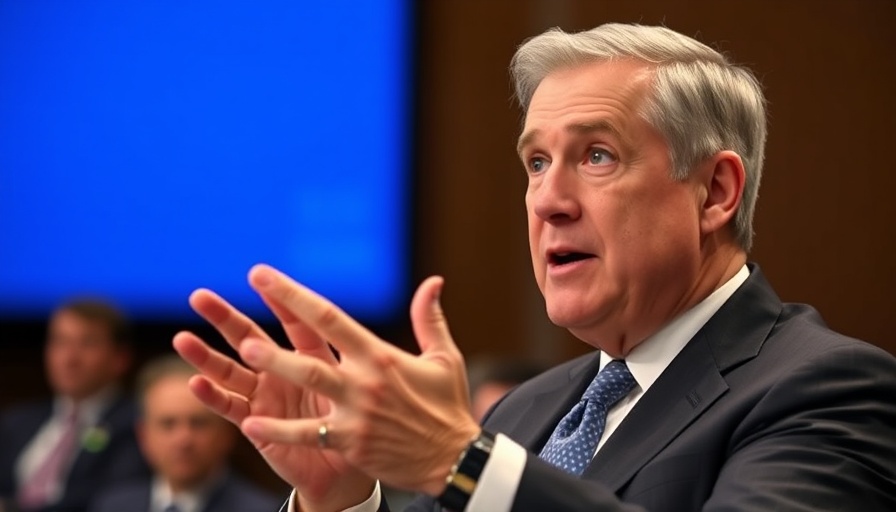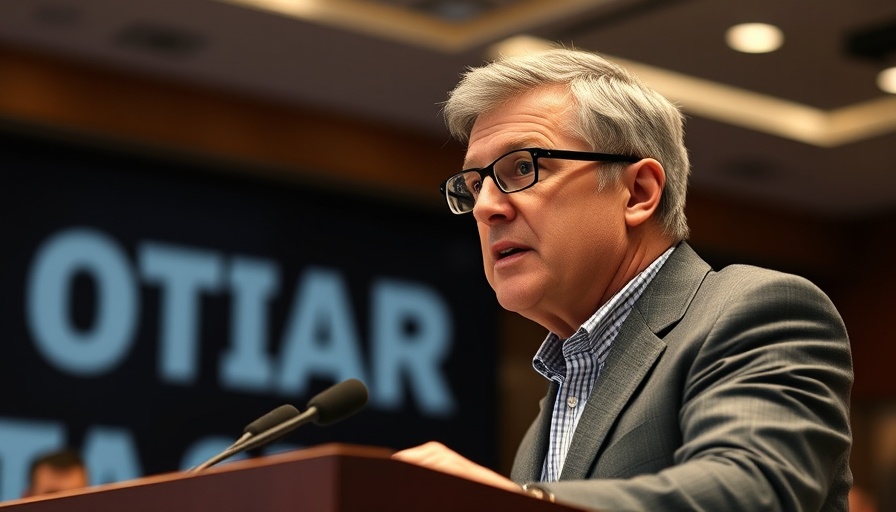
Federal Reserve's Cautious Approach Amid Economic Uncertainty
In recent remarks, Federal Reserve Chair Jay Powell emphasized that the central bank is not in a rush to adjust its monetary policy. This statement indicates a measured approach in response to the evolving economic landscape, where inflationary pressures and labor market dynamics are under close examination.
Understanding the Central Bank's Strategy
Powell's comments reflect the Fed's broader strategy of monitoring economic indicators before making significant changes to interest rates. With inflation trends showing signs of moderation but remaining above target levels, the Fed aims to avoid overreacting to transient fluctuations in economic data.
Implications for Business Managers
For business managers, the Fed's decision to pause on policy changes presents both challenges and opportunities. On one hand, continued low interest rates can spur investment and consumer spending; on the other, prolonged uncertainty may heighten risks, affecting financial planning and operational strategies.
Long-term Forecasts: What Lies Ahead
Market analysts speculate on the potential timeline for future rate adjustments. If economic growth remains stable, it could pave the way for gradual tightening of monetary policy. Conversely, any signs of economic distress or inflation resurgence might lead to a more aggressive stance.
Conclusion: A Period of Reflection and Evaluation
The current landscape demands cautious navigation for all stakeholders involved, particularly business leaders. As the Federal Reserve continues its deliberate approach, staying informed about economic indicators and Fed policy shifts will be crucial in making strategic decisions.
 Add Row
Add Row  Add
Add 




 Add Row
Add Row  Add
Add 

Write A Comment